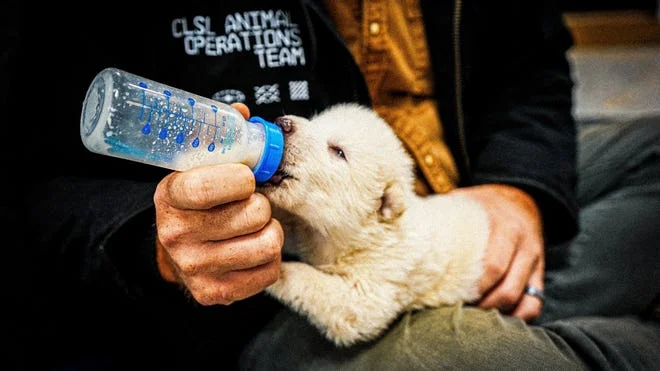
Colossal’s ‘De-Extincted’ Dire Wolf Sparks Controversy Among Scientists
Biotech company Colossal Biosciences recently announced a groundbreaking claim of 'de-extincting' the dire wolf, a species extinct for thousands of years. However, this announcement has stirred significant controversy within the scientific community. Experts argue that the animal Colossal claims to have revived is not a true dire wolf but a genetically modified hybrid, far from the original species.
The company's approach involves using gene-editing technologies to recreate extinct species, a method that has raised ethical and scientific concerns. Critics, including paleontologists and geneticists, assert that the project misleads the public by suggesting a return of the dire wolf when, in reality, it's a new creation. They emphasize the importance of accurate communication in science, especially in fields as sensitive as de-extinction.
Colossal's project has drawn comparisons to the fictional 'Jurassic Park,' prompting discussions about the feasibility and morality of bringing back extinct species. While some see potential in the technology for conservation, others worry about the unintended consequences of altering ecosystems with genetically engineered organisms.
Related issues news
Is the dire wolf no longer extinct?
What were dire wolves? Dire wolves (Aenocyon dirus) are an extinct carnivore that lived throughout what are today North and South America during the Pleistocene and early Holocene epochs (about 250,000 to 10,000 years ago).
Were dire wolves actually wolves?
Although they look alike, dire wolves are not closely related to grey wolves and are not their ancestors. Genetic studies reveal that the two species diverged millions of years ago and evolved separately in the Americas.
What company brought back Dire Wolves?
Colossal Biosciences made a surprise announcement Monday, claiming it had brought the dire wolf back from the dead, achieving the biotech company's first successful de-extinction.
Where is Dire Wolf?
Dire wolf remains have been found across a broad range of habitats including plains, grasslands, and some forested mountain areas of North America and the arid savanna of South America. The sites range in elevation from sea level to 2,255 meters (7,400 ft).